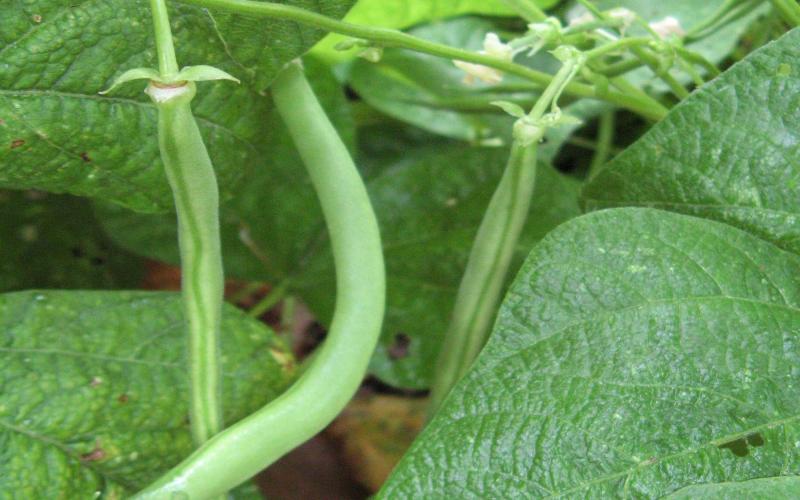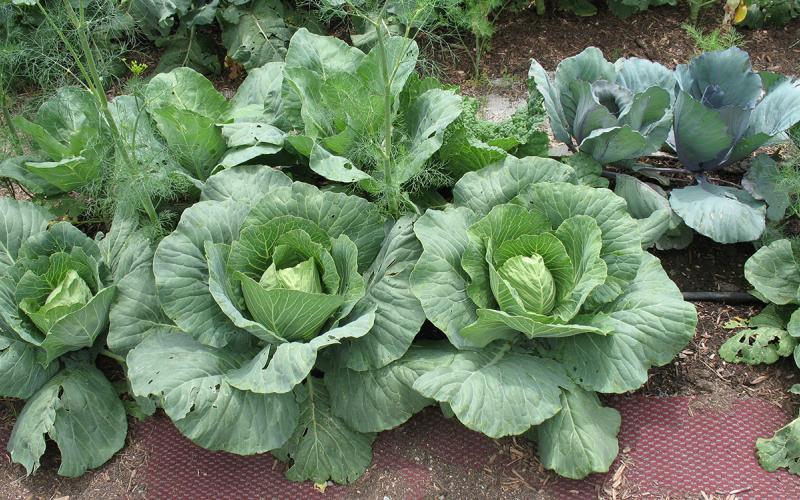Plants or Crops
All Plants or Crops Content

Beets: How to Grow It
Beets are commonly grown for their bulbous roots, but their tops can also be harvested for greens, and they are an excellent source of Vitamin A as well as calcium. They grow best in the cooler temperatures of spring or fall.

Summer Squash: How to Grow It
There are many types of summer squash, including the familiar zucchini (which can be green, green-striped, or yellow), crookneck, straightneck, patty pan and more.

Green Beans: How to Grow It
Snap beans, also called “green beans” or “string beans” (although most modern varieties do not have strings) are harvested when the pods contain immature seeds, and the pods are still succulent.

Cucumbers: How to Grow It
Some cucumber varieties form long vines that may ramble or be trellised. Others are bush types that fit more easily into a small garden or even a large container.

Carrots: How to Grow It
Carrot is a hardy, cool-season vegetable. Carrots are eaten both raw and cooked and they can be stored for winter use.

Peas: How to Grow It
The most common type of pea in American gardens is the shelling pea, also called the “garden pea” or “English pea.” Tender, sweet peas are removed from thin, tough pods before eating.

Cabbage: How to Grow It
Cabbages are cool-season crops, very closely related to broccoli, cauliflower, kale, kohlrabi and brussels sprouts.

Ergot: A Potential Livestock Poisoning Problem
Cool, damp weather followed by warmer temperatures favors grasses becoming infected with ergot bodies, which can cause a certain kind of poisoning that can affect cattle on pasture.

SDSU Extension, Southeast Research Farm to host organic field day
July 26, 2024
South Dakota State University Extension and the SDSU Southeast Research Farm invite anyone interested in growing organic vegetables and field crops to an educational, hands-on field day.

Weeds Are Starting to Flower: Management tactics to minimize seed production in soybean
Flowering weeds are an indication that seed production is about to occur, and viable seeds can soon be produced. Learn a variety of strategies to manage these weeds before they become a problem in your soybean fields.